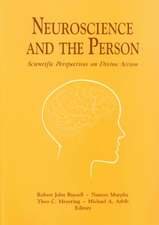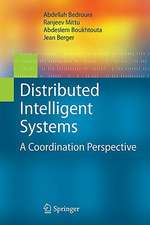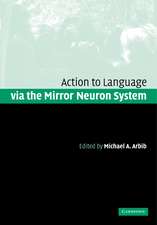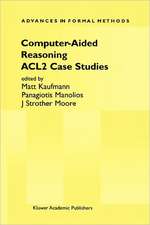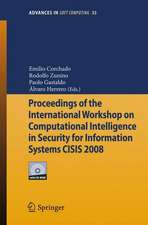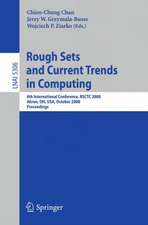Brains, Machines, and Mathematics
Autor Michael A. Arbiben Limba Engleză Paperback – 17 oct 2011
Preț: 686.99 lei
Preț vechi: 858.74 lei
-20% Nou
Puncte Express: 1030
Preț estimativ în valută:
131.47€ • 136.97$ • 109.31£
131.47€ • 136.97$ • 109.31£
Carte tipărită la comandă
Livrare economică 08-22 februarie 25
Preluare comenzi: 021 569.72.76
Specificații
ISBN-13: 9781461291534
ISBN-10: 1461291534
Pagini: 224
Ilustrații: XVI, 202 p.
Dimensiuni: 155 x 235 x 12 mm
Greutate: 0.32 kg
Ediția:2nd ed. 1987. Softcover reprint of the original 2nd ed. 1987
Editura: Springer
Colecția Springer
Locul publicării:New York, NY, United States
ISBN-10: 1461291534
Pagini: 224
Ilustrații: XVI, 202 p.
Dimensiuni: 155 x 235 x 12 mm
Greutate: 0.32 kg
Ediția:2nd ed. 1987. Softcover reprint of the original 2nd ed. 1987
Editura: Springer
Colecția Springer
Locul publicării:New York, NY, United States
Public țintă
ResearchCuprins
1 A Historical Perspective.- 1.1 The Road to 1943.- 1.2 Cybernetics Defined and Dissolved.- 1.3 The New Rapprochement.- 2 Neural Nets and Finite Automata.- 2.1 Logical Models of Neural Networks.- 2.2 States, Automata, and Neural Nets.- 3 Feedback and Realization.- 3.1 The Cybernetics of Feedback.- 3.2 From External to Internal Descriptions.- 4 Pattern Recognition Networks.- 4.1 Universals and Feature Detectors.- 4.2 The Perceptron.- 4.3 Learning without a Teacher.- 4.4 Network Complexity.- 5 Learning Networks.- 5.1 Connectionism.- 5.2 Synaptic Matrices.- 5.3 Hopfleld Nets and Boltzmann Machines.- 5.4 Reinforcement Learning and Back-Propagation.- 6 Turing Machines and Effective Computations.- 6.1 Manipulating Strings of Symbols.- 6.2 Turing Machines Introduced.- 6.3 Recursive and Recursively Enumerable Sets.- 7 Automata that Construct as well as Compute.- 7.1 Self-Reproducing Automata.- 7.2 Tesselations and the Garden of Eden.- 7.3 Toward Biological Models.- 8 Gödel’s Incompleteness Theorem.- 8.1 The Foundations of Mathematics.- 8.2 Incompleteness and Its Incremental Removal.- 8.3 Predicate Logic and Godei’s Completeness Theorem.- 8.4 Speed-Up and Incompleteness.- 8.5 The Brain - Machine Controversy.- Appendix Basic Notions of Set Theory.



